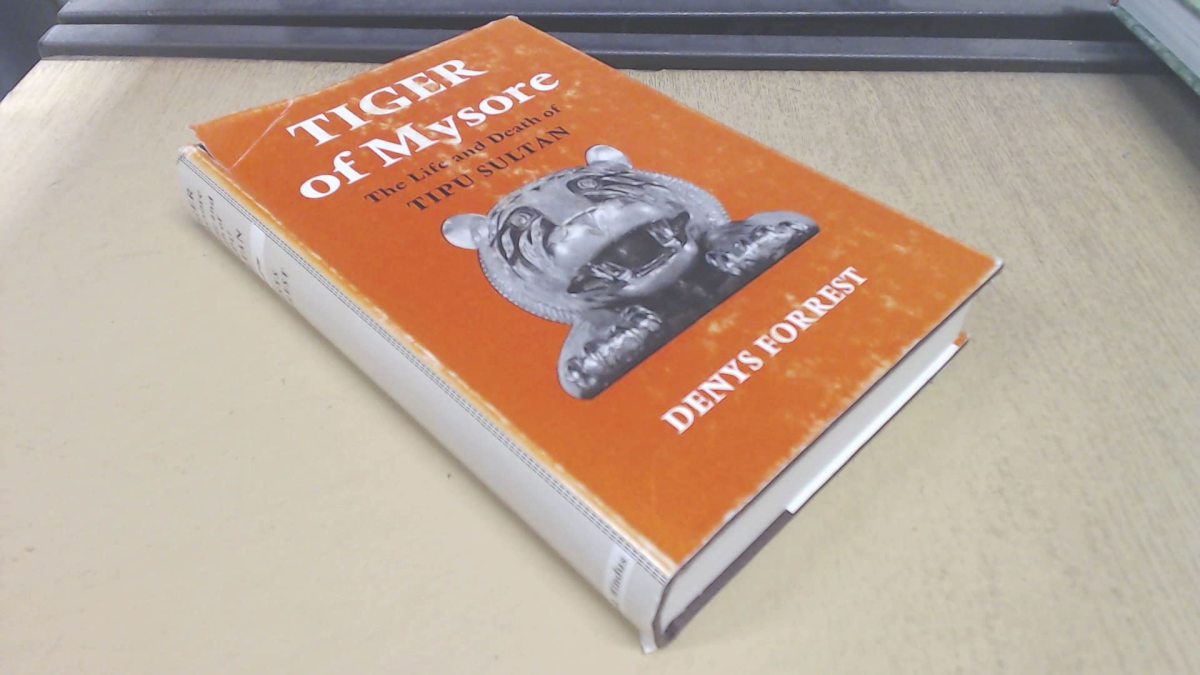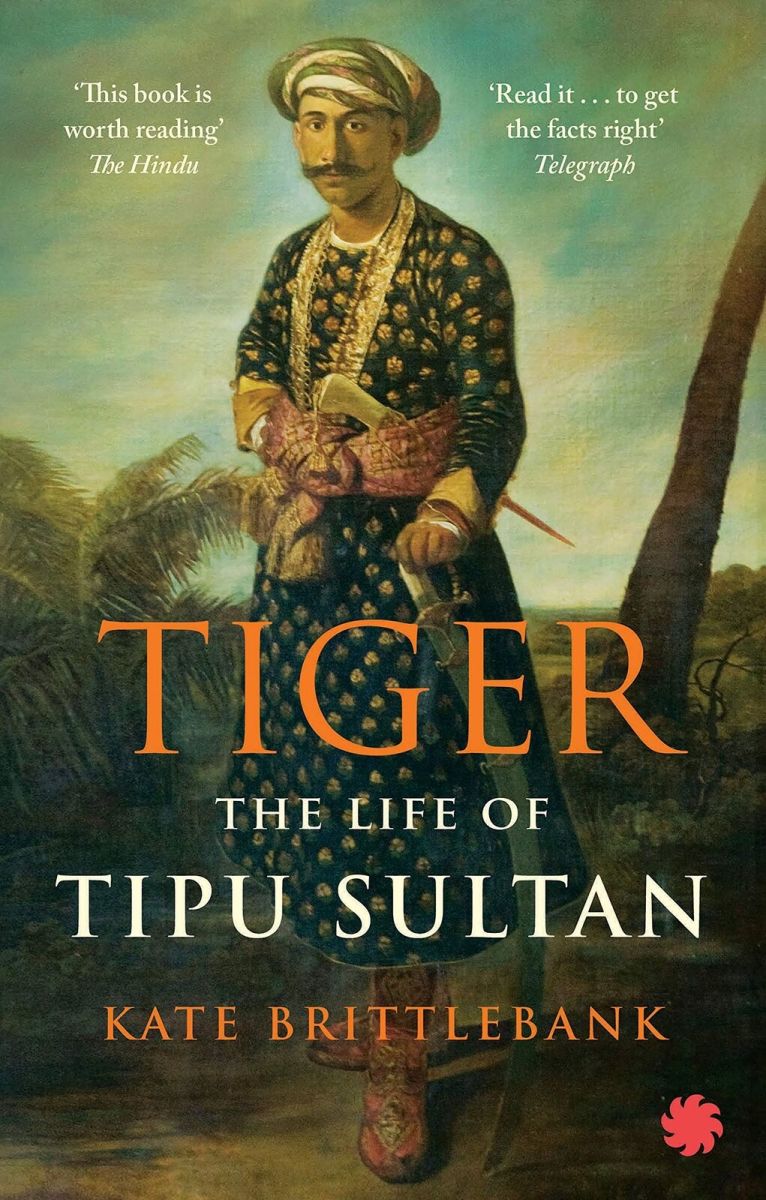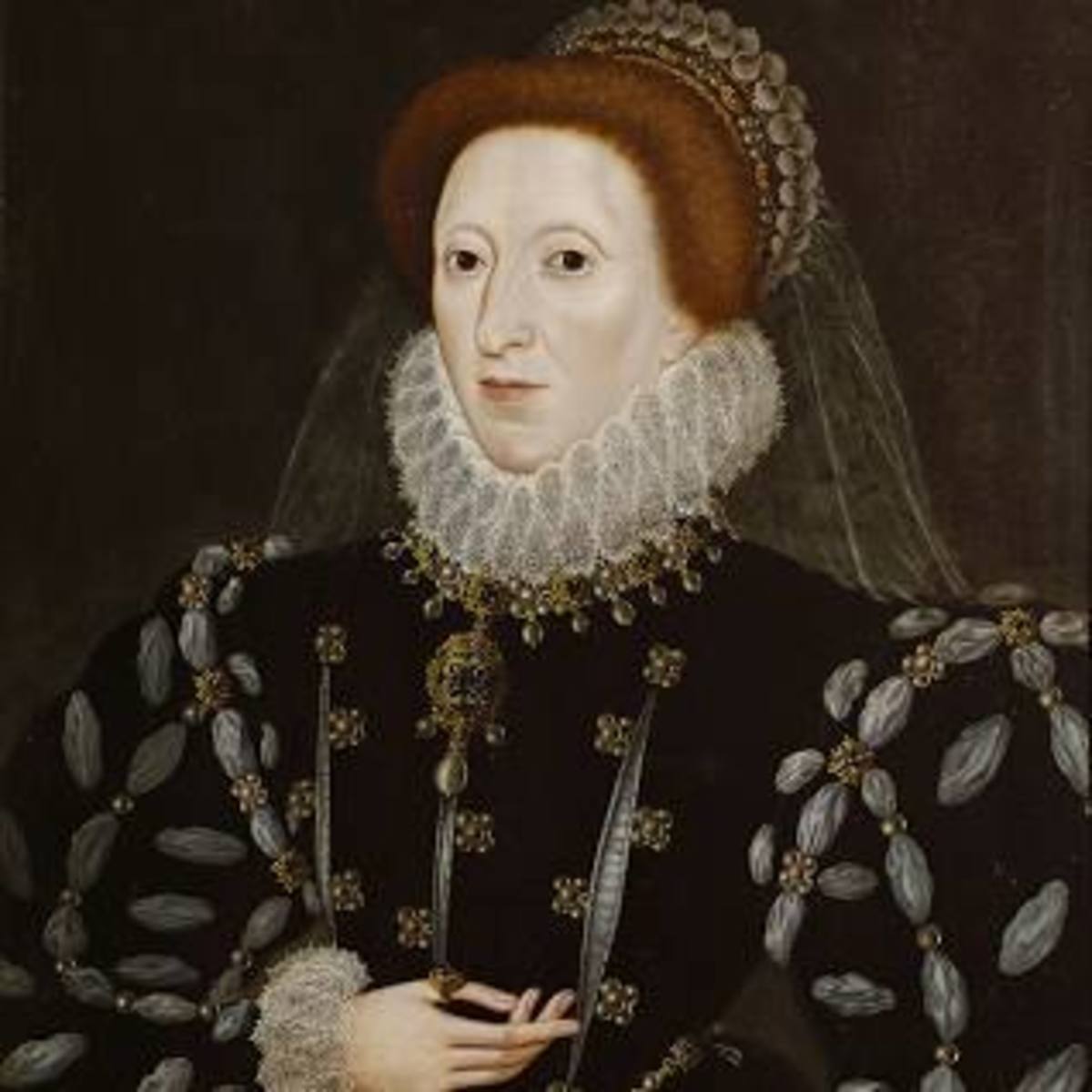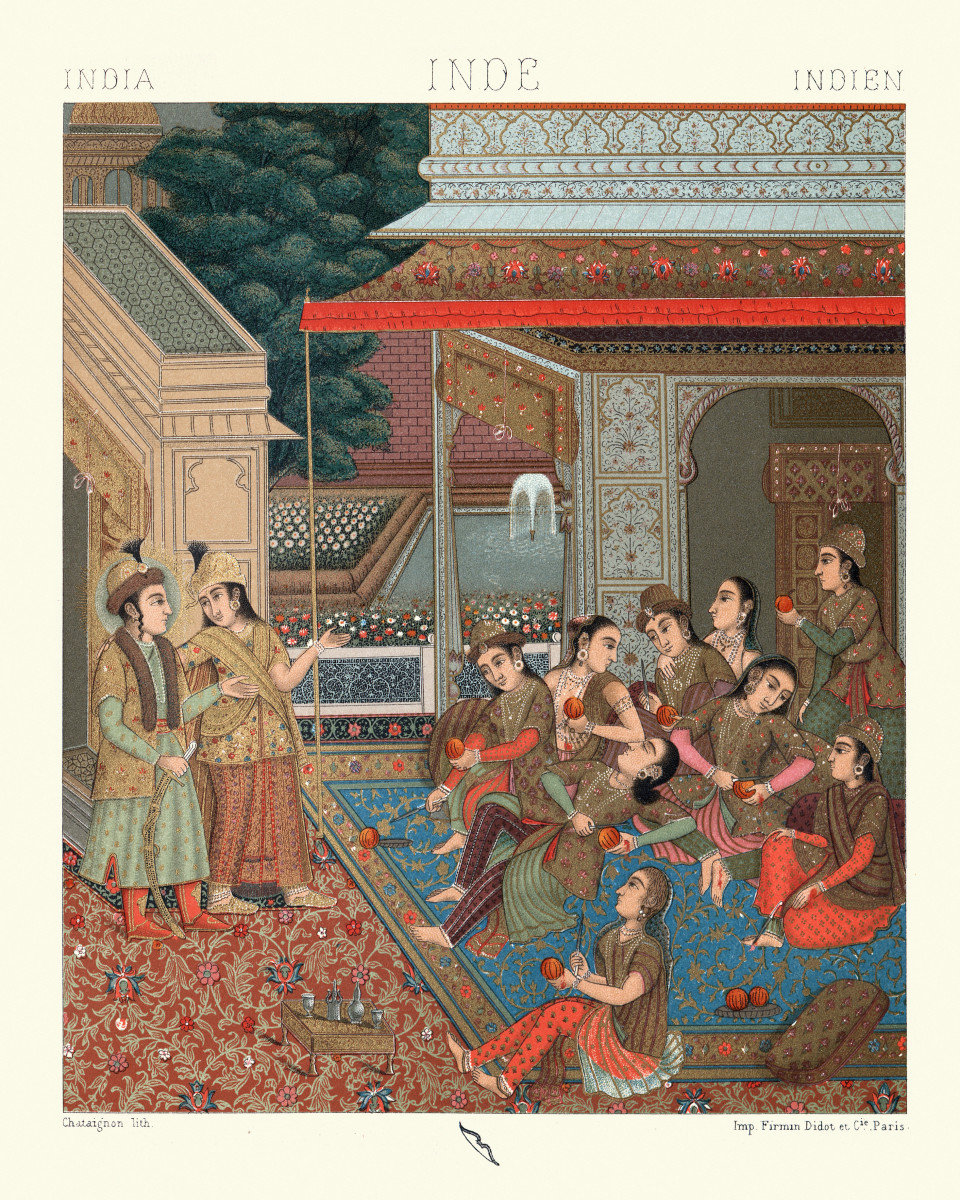- HubPages»
- Education and Science»
- History & Archaeology»
- History of Asia
The Kingdom of Mysore - More than Meets the Eye
The Kingdom of Mysore receives relatively little interest. On the face of it, this is entirely deserved, for the Kingdom of Mysore follows the story which most Indian states did in the 18th century - the existence of an Indian monarchy, formally a tributary of the Mughals, which was ultimately defeated by British forces who are remembered as possessing technological and organizational superiority, and following this continuing to exist in a much reduced fashion as a British Princely State until ultimately being absorbed centuries later into India. Perhaps more focus attends it from those who read Bernard Cornwell’s Sharpe Series, with the conquest of the state, and the death of the person who was probably more famous than the kingdom they ruled; the Tipu Sultan of Mysore. Mysore might not be much remembered, but Tipu certainly is, with the iron-cased rockets of Mysore, his swords, and most celebrated of all, Tipu’s tigers, with an animatronic one still on display in the London.
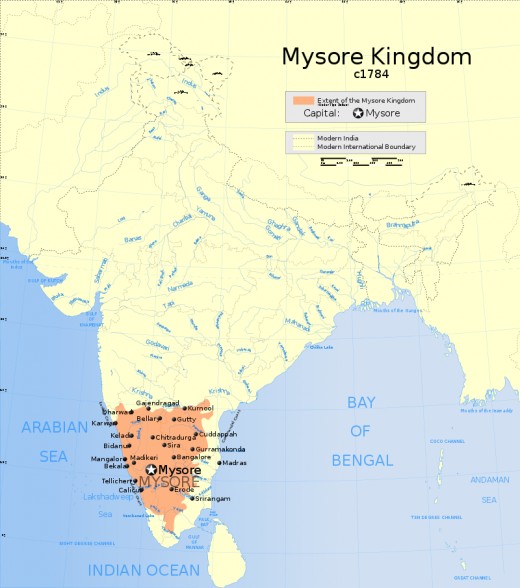
Which indeed, raises the question: What makes Mysore different than the innumerable other states in India who were conquered by the British, who doubtless had their own intriguing leaders and their own tigers too? Why write an article about Mysore?
Mysore bears distinction for being the last state in India which fought the British to a draw, and defeated them. The First Anglo-Mysore War in 1767-1769 ended with the Tipu Sultan's father, Hyder Ali, in conjunction (initially), with Hyderabad, defeated the British, marching to the important post of Madras and negotiating a humiliating treaty at its gates. This treaty did not last, and ultimately led to the Second Anglo-Mysore War of 1780-1784 (contemporaneous with the American Revolution) between the two sides, although it might be noted for the battle of Pollilur, when the Mysoreans, partially thanks to their rockets, defeated a British contingent substantially larger than them.
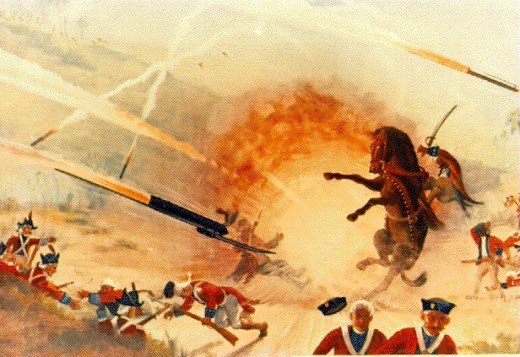
With the death of Hyder Ali in 1782, his son, the Tipu Sultan, would come to the throne in Mysore. These string of successes did not last forever, and ultimately the Third Anglo-Mysore War, commencing in 1790 and lasting until 1792, saw the Mysoreans defeated and losing the better part of half of their territory. Mysore had received support on previous occasions from the French, but with the chaos of the French Revolution happening at the same time, there was little in the way of assistance that the French could or would send. Still, Mysore survived as an independent state, until the Fourth Anglo-Mysore, in 1798-1799, when the British conquered Mysore, conducting a siege and a sack of Srirangapattana, the capitol of the Tipu Sultan. Thus ended a chapter in South Indian history, the Tipu Sultan dying during the fall.
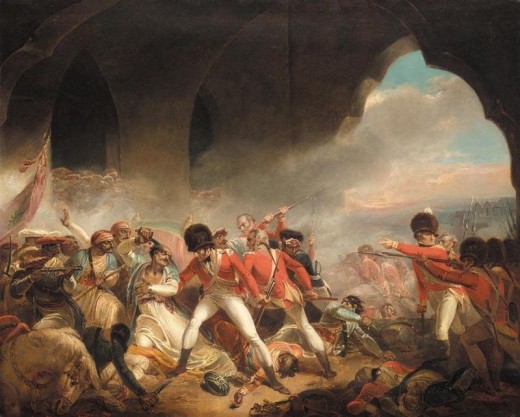
Factors for Success
The greatest factor in Mysore's temporary success had been leadership, revenue capacity, and military forces. The first is one which is widespread enough; any nation can have good leadership. Military forces were more glamorous, the Mysoreans managing to achieve a breakthrough with rockets which provided an advantage to firepower, combined with gunpowder weapons capable of matching the Europeans in technological sophistication.
It is the second, despite the unglamorous nature of it, which was the most critical and intriguing for Mysore. The development of a modern state depends upon its capacity to collect revenue. Supporting a standing army equipped with gunpowder weapons, as opposed to a feudal army equipped with traditional arms, requires a tremendous amount of money. War was the principal financial obligation of the early modern state. Governments who could support the revenue for fielding the vast standing military forces, on land and sea, prospered, and those they faced an inability to do so, due to internal political limitations, suffered. Poland-Lithuania couldn't make the transition due to its international institutions in the Sejm which prevented centralized authority from providing for the tax revenue for a centralized standing military. France's problems with raising taxes meant it couldn't achieve the same results. Spending was the prerogative of the King, but raising taxes required the assent of the regional parlements, and this prevented taxes from being able to meet spending requirements, which were largely fixed in relation to wars of the kingdom. The disjuncture between the two led to the bankruptcy of the state and was the immediate trigger for the French Revolution.
In most Indian states, taxation was "indirect", being managed by authorities other than the state itself. This sounds exceedingly strange to us, as taxation is one of the basic and key functions of a state, but was quite common - indeed, probably the preferred mode of revenue collection - in the pre-modern age, as the state empowered individuals or organizations to collect revenue, the state taking a portion of this. In an era when state power was relatively weak, there is nothing to stop the principal agent problem. The principal agent problem is that the agent of a higher body - in this case, a tax collector, who is an agent of the state - is able to make decisions on behalf of the higher body. Thus our tax collector could simply say he is collecting a certain sum of money for the state, but in reality be collecting more and pocketing the extra, Without a strong capacity to check corruption like this, this practice is fiendishly difficult to deal with, and as a result indirect taxation authorities make a great degree of sense. Instead of paying a salary, one can set an organization to tax, taking a pre-arranged sum of money, and whatever is left over goes to them. A fixed, guaranteed supply of money for the state, and if it results in people getting squeezed by the tax farmer for his profits, that was part of life. This system of private tax farmers didn't necessarily mean a state was backwards either; the Netherlands continued to use it during the 18th century, despite being a principal center of finance and capital. In the Dutch system, tax collectors bid for contracts, and their extensive number meant that market systems kept costs down, while in France the lack of competitors meant the system was not as efficient.
Mysore, alongside Travancore - which made its leap through the usage of plantation agriculture - was one of the Indian states which managed to leapfrog to a higher order of revenue collection and state power. Taxation functioned principally off land taxes, with the Paleygara and landlords as the intermediaries from whom tax was collected. The state instead collected taxes directly from the peasants, a tremendous advance in state power. Other sources of resources included "factories" - actually trading posts - and state monopolies over various key resources.
Navy and Maritime Commerce
If the Kingdom of Mysore was successful and unconventional in its military tactics, at sea it would prove to dramatically raise the capabilities of Indian states to wage war, if ultimately unsuccessfully. Indian states tended to have limited naval capacity, and while European states could be checked at times, with Maratha privateers making themselves a terrible nuisance for a period in the 18th century, European states generally dominated the seas, with only other European states able to compete.This accrued European states tremendous advantages. Not only was their very presence in India (and hence the economic profits that made such expeditions worthwhile) due to their maritime fleets, but in India itself possession of a strong navy was instrumental for supporting campaign on land. In the First and Second Anglo-Mysorean Wars, the British transported troops to battle, provided supplies and communication, and established blockades of enemy territory. French naval forces could challenge this, but the Mysoreans themselves drew up plans for creating an independent navy for their own usage, which provided them with a fleet of 30 warships and a number of transports, per British Seapower and the Mysore Wars of the Eighteenth Century, This was put to use in blockading Thalassery in the Carnatic, as well as interfering with British communications. It was less succesful however, in preserving itself, as harbors proved to be ill positioned to defend against attacks on the naval bases themselves. with much of the fleet being destroyed at Mangalore. Following the war a more determined naval building program took place, along with an expansion of naval ports to better guard the ships when they were in port.
From the same above source, about a visit to the shipyards.
Here are two frigates building near the castle; one of thirty-two guns and the other of twenty-four guns. Being desirous to examine their construction, I went on board with two other English gentlemen near to them, without offering to go on board, lest it should give offence. The Governor, being there, overlooking the men at work, observed us walking away, very civilly invited us to go on board and examine them, adding that it would give him great pleasure if he would candidly give our opinions on them. We went on board both of them, and were surprised to find the work so well performed, particularly as they are the first ships of great burthen that have been built in Hyder Ally’s country. When finished they will be two complete frigates, being very strong and of a fine mould; they have a prow and are what they call ‘grabs’ and one of them is larger than the Bombay ‘grab’.25
By the 1780s these ships had increased from the size of frigates, up to ships of the line, with three completed ships of the line of 60 guns captured in 1780. During the final decade of the state, the most ambitious program was for 20 ships of the line with 20 frigates. Whether this was feasible on the other hand, can be left for question.
As mentioned earlier, there was also the establishment of "factories", ie. trade posts, which represented another important aspect for the navy besides engaging in warfare against the British; promoting a mercantilist commercial policy. Muscat and China were both intriguing sources for trade and commerce, with for Muscat reductions in anchorage duties and custom duties at Calicut.
Why Mysore was conquered
Certainly, before any such program could be completed, Mysore was conquered and dismantled, with the later Duke of Wellington accomplishing the capture of the capitol. This campaign is an excellent example of the advantages the Europeans brought to bear - Indian states, despite possessing roughly equivalent military technology and competent military leadership, could be outmaneuvered and defeated by European powers. The British did not win due to greatly superior military technology, for they were equipped with muskets and cannons much like their opponents, and lacked the same rocket artillery, but instead by superior diplomacy, drawing allies onto their side like Hyderabad, taking advantage of local rivalries such as with Travancore against Mysore, subverting elements such as the prime minister Mir Sadiq, control of the sea, increasing control over resources such as with denial of gunpowder to the Mysorean armies (At the fall of the fortress of Sadashivagarh, there were 100,000 musket balls, but only 25,000 cartridges for them, and no saltpeter reserves), and superior financial resources which provided for vast logistical campaigns. Gunpowder problems in particular would only have gotten worse in the future with Mysorean units as their size increased and more ships were laid down, and unless if some way to either increase imports was found or to increase internal production, military effectiveness would continue to be attrited. Indian troops on the opposing side could be brave and fight well, but the odds were slanted against them far before they ever arrived at the battlefield.
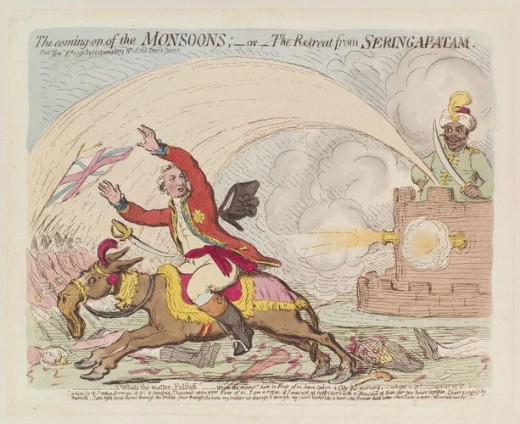
A revolutionary state?
But could things have gone differently? A common term in alternate history communities is “pull a Meiji”, indicating a non-European state that westernizes and industrializes with surprising speed, as did Meiji Japan. Could Mysore have done the same?
The answer is probably a disappointing no. Mysore made the leap from Indian indirect rule to direct rule in taxation, extracting more resources from its population, grasped commercial and naval advantages that other states didn’t realize, and made breakthroughs in rocket technology. They were ill positioned, even if they survived, to make the leap to an industrializing nation. The principal requisites for this were ready access to coal to fuel an industrial revolution, and high wages. Indian wages were too low to support the transition to an industrializing economy on its own, labor being too cheap to merit much adoption of labor-saving devices. A good example of this is the spinning jenny, which while profitable to adopt in England, was not profitable to adopt in France or at the least fell below what alternate areas for capital investment could have produced (generally this is noted as around 15%).
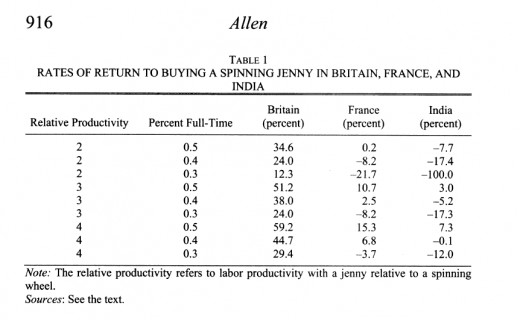
Speculation upon what might have been.
What might a surviving Kingdom of Mysore, which somehow escaped conquest by the British, look like? If it couldn't be Japan, then of the independent states in that region that could be taken as models, two strike me as the most interesting; Thailand and Egypt. Thailand, or Siam as it was known during the period of European imperialism, attempted to keep a balance between the French and the British, to fend off encroachment, while gradually modelling itself off of the surrounding colonial nations. This might have been very well what Mysore looked like, but I think that given the energetic and ambitious - although this is not slur upon the leaders of Thailand, who were very canny and capable - policies of Hyder Ali and the Tipu Sultan, something more akin to Muhammad Ali - no, not the boxer! - of Egypt might be more applicable. This regime too was heavily French influenced, and aimed to establish modern, European style military forces. It destroyed the tax farmers, much like Mysore, and nationalized all land in Egypt, a tremendous expansion of state power. State-backed factories produced military equipment, including the elements of a modern navy. But as likely would have been the case in Mysore, industrial projects were not capable of competing against the new industries rising in Europe, such as was the case with the Egyptian textiles industry. Mysore too built up a silk industry under the Tipu Sultan, which went into depression from imported silk and rayon, before recovering in the second half of the 20th century Deploying Egypt's comparative advantage - manpower - still meant that Egypt could achieve one thing, a powerful military. Mysore seems likely to run a similar path; unable to truly industrialize a la japonaise, it can still produce a state-controlled economy capable of matching European powers in defense. A comparison might be made to to the USSR, which while unable to compete economically with the United States, could never the less develop a military capable of competing through mass.
Of course, Egypt eventually was conquered by the Europeans, the British in this case, and a similar fate could always have befallen Mysore, even if it did survive the Third and Fourth Anglo-Mysore Wars or if they were somehow averted. Indeed, therein lies the problem, as once Britain conquered Bengal, it possessed the resources needed to engage in a campaign of conquest throughout the rest of the continent. But thankfully, I only have to speculate, not draw up the precise details of the scenarios in which my speculation takes place.
It sounds somewhat undramatic. but conversely, the possibilities for Mysore were still impressive. Not perhaps a state for imitating Meiji Japan, but still one which might have been capable of a unique development and one which gets sadly less attention than it deserves for itself and its brief moment of glory when it held the balance of power in Southern India. Indeed, in writing this I only touch on some of the military aspects, and there is much more that can be discussed concerning political, religious, and legacy factors.
Pour les lecteurs francophones, voyez les liens ci-dessous
- Le Royaume de Mysore - plus qu'il n'y parait (1/3)
Partie un de l'article en français. - Le Royaume de Mysore - plus qu'il n'y parait (2/3)
Partie deux de cet article en français. - Le Royaume de Mysore - plus qu'il n'y parait (3/3)
Partie trois de l'article en français.
© 2017 Ryan Thomas

